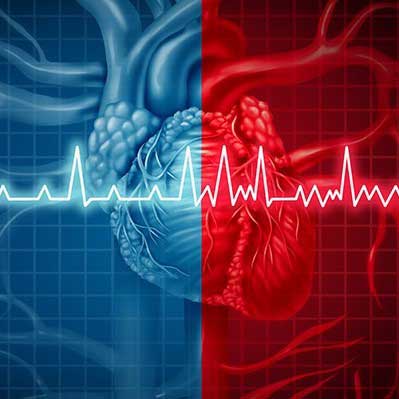
According to the Centers for Disease Control and Prevention, as many as 6.1 million Americans have atrial fibrillation (Afib). You may not know much about this relatively common condition, but it’s important to know the basics so you can identify the signs and symptoms of Afib.
What Is Afib?
According to the CDC, Afib occurs when a person has an irregular heartbeat. This rapid heart rate tends to cause a person to experience poor blood flow.
Symptoms of Afib include:
- Confusion
- Dizziness
- Fatigue
- Inability to exercise
- Lightheadedness
- Palpitations
- Shortness of breath
- Weakness
Who Is at Risk for Afib?
There are a number of factors that play a role in a person's risk of atrial fibrillation, including:
- Increased age
- Asthma
- Diabetes
- High blood pressure
- Family history of the condition
- Sleep apnea
- Thyroid problems
Fortunately, if you are diagnosed with Afib, there are treatment methods available to help get your heart back in rhythm so that you can regain your quality of life.
What Is the Treatment for Afib?
There are multiple treatments used to help restore a normal heart rhythm, including:
- Beta blockers
- Blood thinners
- Calcium channel blockers
- Cardiac monitoring
If more conservative techniques aren't effective at treating your Afib, your doctor may recommend a procedure called ablation.
How Does Ablation Work?
During ablation, which is considered a minimally invasive procedure, an electrophysiologist uses energy to create scars on the surface tissue of the heart. These scars then help to restore the heart's normal rhythm.
Prior to the procedure, cardiac “mapping” is performed to identify which areas of the heart are in need of intervention. This helps the doctor correctly target areas for treatment.
Are you in need of medical care? Visit Parkridge Health to learn about the variety of cardiac services we provide.
$webqFacilityNumber
Need a Physician?